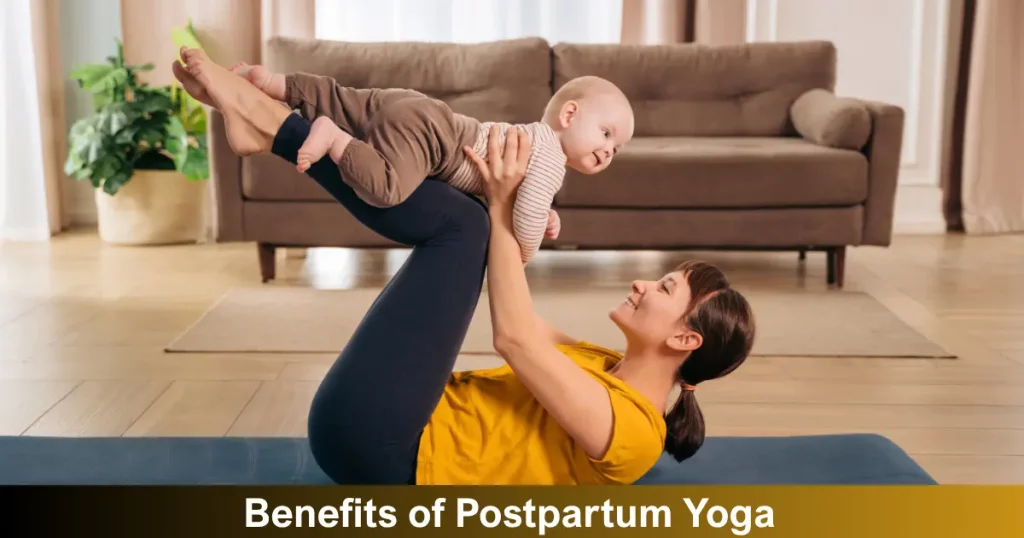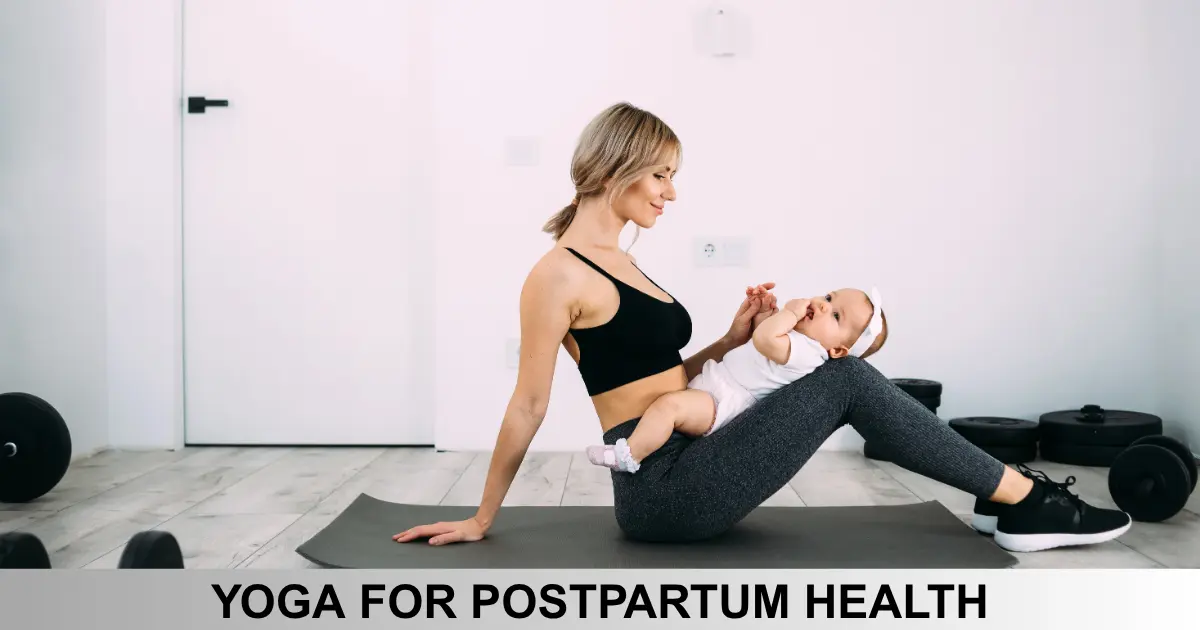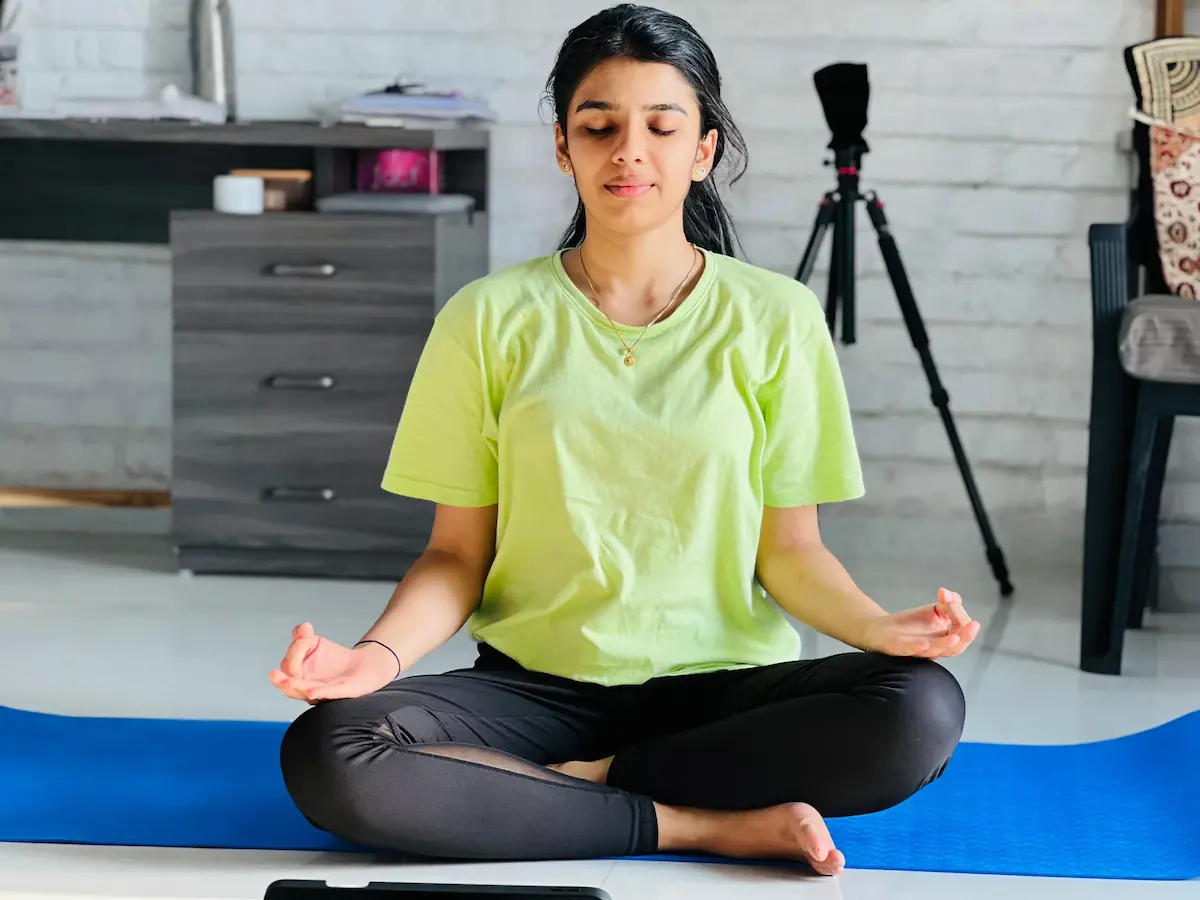Welcoming a newborn is a time of joy, change, and challenge. Navigating through hormonal shifts, disrupted sleep, and emotional changes can feel overwhelming. Yoga offers new mothers a gentle pathway to healing, stress relief, and self-rediscovery.
Why Choose Yoga After Childbirth?
- Eases physical discomfort and speeds up healing
- Alleviates symptoms of postpartum mood swings and anxiety
- Supports emotional resilience and self-connection
- Builds strength and stamina safely
Key Benefits of Postpartum Yoga

1. Mindful Movement for Recovery
- Gentle yoga poses (e.g., Warrior, Boat) focus on muscles most affected during pregnancy and childbirth
- Helps strengthen the pelvic floor, back, and core
- Promotes better posture and reduces body aches
2. Breathing Techniques for Stress Relief
- Mindful breathing calms the nervous system and balances hormones
- Deep, slow breaths lower tension and increase mental clarity
- Easy to practice anytime you feel overwhelmed
3. Yoga Nidra for Restful Sleep
- Guided relaxation that soothes the mind and body
- Helps compensate for lost sleep and supports emotional balance
- Even 10-15 minutes of yoga nidra can leave you feeling rejuvenated
4. Building Community and Support
- Group yoga classes or online sessions connect mothers with shared experiences
- Reduces feelings of loneliness and builds a network of encouragement
- Sharing space fosters mental wellness and motivation
5. Holistic Healing and Empowerment
- Yoga isn’t just movement it’s mindfulness, self-compassion, and patience
- Aids in quicker recovery and builds lasting confidence for motherhood
Simple Steps to Begin Postpartum Yoga
- Consult your doctor: Always get clearance before starting a yoga routine, especially after a C-section or complicated birth.
- Start gentle: Begin with basic stretches and breathing exercises; avoid intense movements at first.
- Listen to your body: Go at your own pace and don’t force any pose.
- Seek instruction: Join a class with an instructor experienced in postnatal yoga.
- Stay consistent: Short daily sessions are more beneficial than occasional long routines.
FAQs: Postpartum Yoga
Q1: When can I start yoga after childbirth?
Most experts recommend waiting until your six-week postnatal check-up. Listen to your doctor’s advice, especially after a C-section or complications.
Q2: Will yoga help with postpartum depression?
Yoga supports mental well-being by lowering stress and boosting relaxation. It can complement professional mental health support but is not a standalone treatment for severe depression.
Q3: Are there any yoga poses I should avoid?
Yes, avoid intense core work, deep backbends, and any movements that strain your abdomen or pelvis in the early weeks. Gentle poses and mindful breathing are safe starting points.
Q4: Is it necessary to join a class?
While classes can provide social support and expert guidance, you can also follow safe, beginner-friendly videos at home tailored for new moms.
Q5: What if I have no prior yoga experience?
No problem! Postpartum yoga emphasizes gentle movement and breath. No previous experience is required just patience and an open mind.
Conclusion
Yoga for postpartum health is more than exercise it’s a compassionate companion during motherhood. By blending gentle movement, mindful breathing, and community support, yoga helps new mothers regain their strength, stability, and sense of self as they embrace the joys and challenges of a new chapter.
Remember: every mother’s journey is different. Honor your body, be patient with yourself, and let yoga be your ally in healing and renewal.

